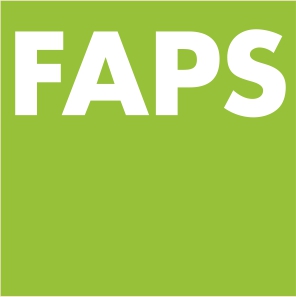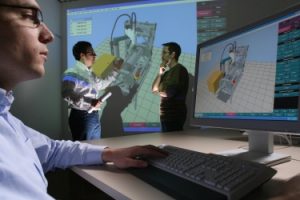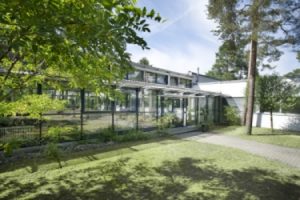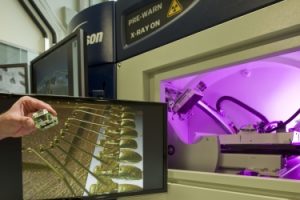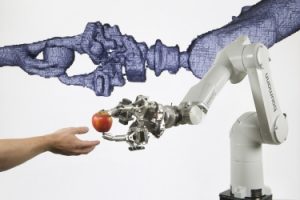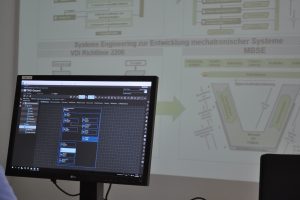Product development is characterized by increasing customer requirements, growing complexity, increased interdisciplinarity and faster development cycles. These challenges are met with suitable engineering approaches and methods that help to integrate the various components and interfaces of the development process and make them available consistently to all those involved. An important process model for this is model-based systems engineering, a combination of model-based virtual product development (MVPE) and classical systems engineering. The original basis is the V-model according to VDI 2206.
In order to adequately support interdisciplinary project teams, Siemens AG has been offering various tools for domain-driven product development for many years. However, in order to implement and control systems engineering in a targeted manner, product lifecycle management systems (PLMS) such as Siemens Teamcenter are necessary. Such tools allow the holistic mapping of product development, from system design and domain-specific development to system integration with property protection.
The handling of such tools and the ability to find one’s way through this complex overall process is the declared goal of the university internship “Continuous Engineering”, which the FAPS chair offers as part of the FAPS curriculum. In order to provide students with deep insights and a confident methodical approach, a four-week intensive in-house training for the Siemens Teamcenter software was held by ConmatiX Engineering Solutions GmbH from October 8, 2018 to October 26, 2018 and in the week from November 5, 2018 to November 9, 2018. Components of this training were:
Installation and commissioning
In order to be able to offer always up-to-date working environments and the latest functionalities, the designated system administrators Florian Faltus and Jonathan Fuchs were trained in the installation and commissioning of the entire system. Due to the scope of the software solution and the associated complexity, the installation and maintenance of the system places special demands on the administration, as the individual modules cannot be viewed separately. The management of dependencies becomes exponentially more difficult as the number of installed modules increases, since interactions between individual system components cannot be excluded.
Administration and Modeling
The second training block mainly covered system modelling topics and their mapping in Teamcenter. If companies want to use the advantages of a PLM system in combination with model-based engineering, the participants must first think about their individual data model. Such a model was created during the training as an example for the practical course in order to familiarize the participants with the general procedure within the Rich Client (RAC) of Teamcenter.
Application
The last training block dealt in particular with the use of the so-called Active Workspaces (AWS) of Teamcenter, which is a web-based access to the functions of the PLM system. In contrast to the RAC, which is only to be used for administrative tasks, the AWS provides a more user-oriented, more stringent interface, which can also be adapted even better to one’s own needs.
Contact:
Jonathan Fuchs, M. Sc.
Department of Mechanical Engineering
Institute for Factory Automation and Production Systems (FAPS, Prof. Franke)
- Phone number: +49 9131 85-27967
- Email: jonathan.fuchs@faps.fau.de
Florian Faltus, M. Sc.
Department of Mechanical Engineering
Institute for Factory Automation and Production Systems (FAPS, Prof. Franke)
- Phone number: +49 9131 85-27709
- Email: florian.faltus@faps.fau.de

